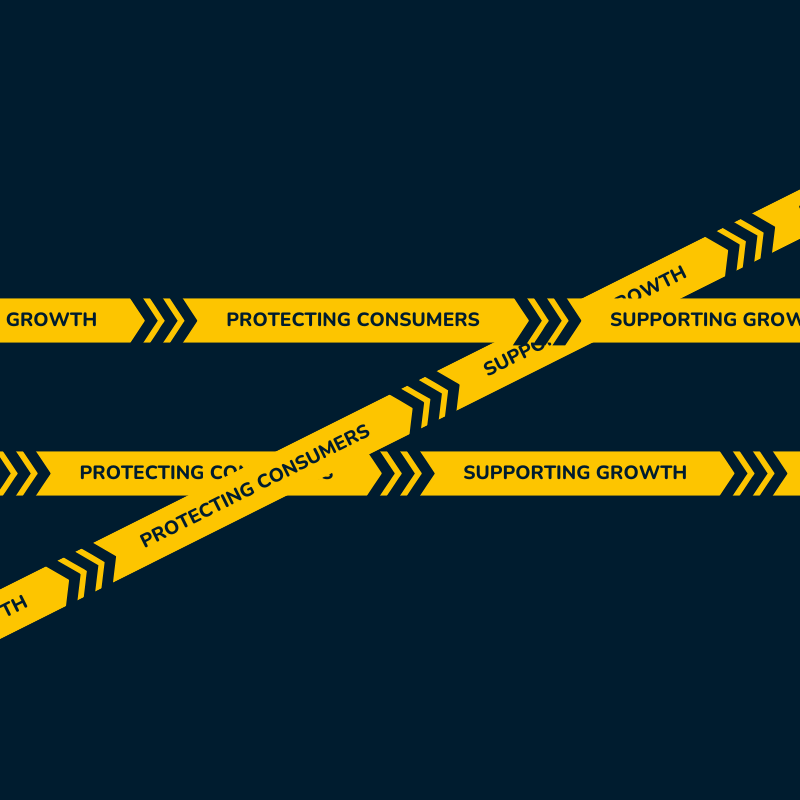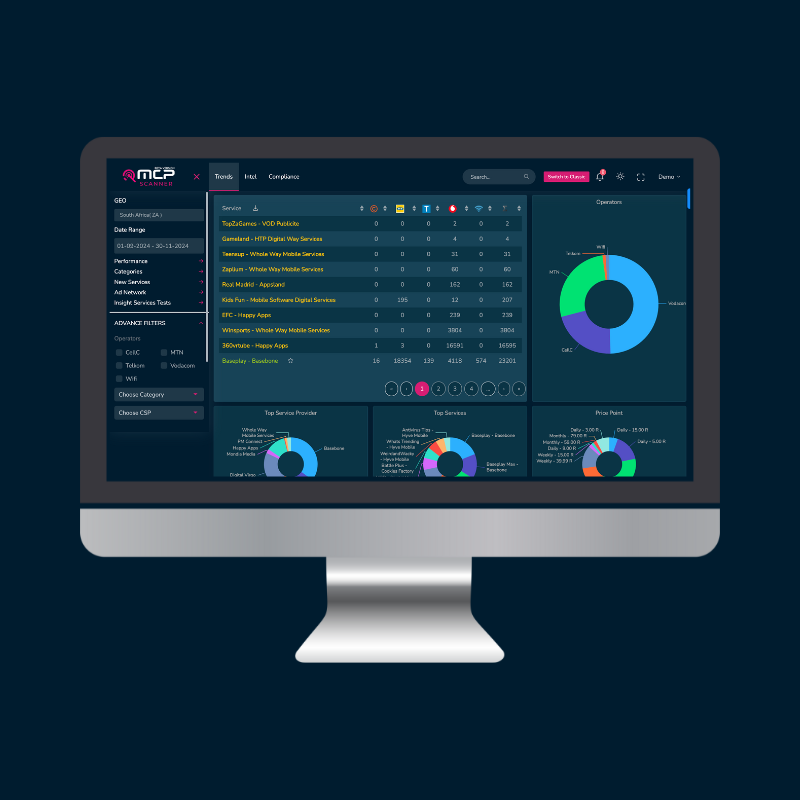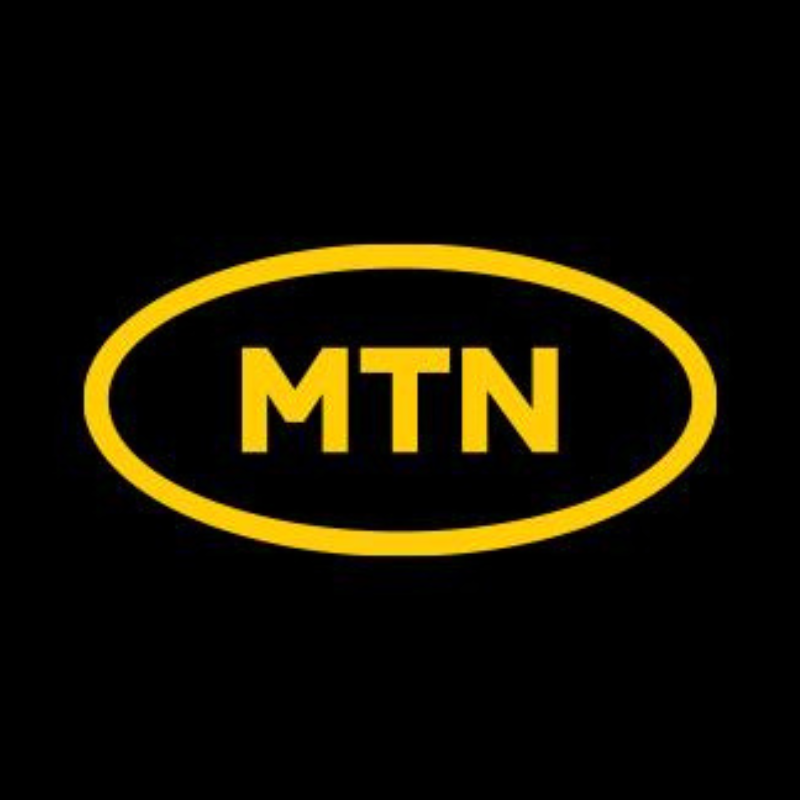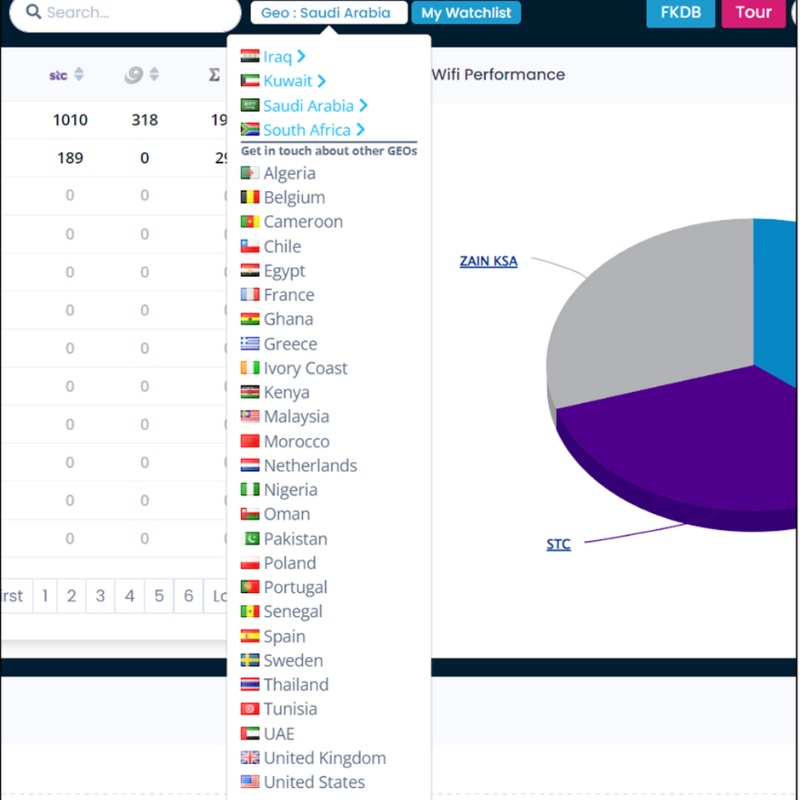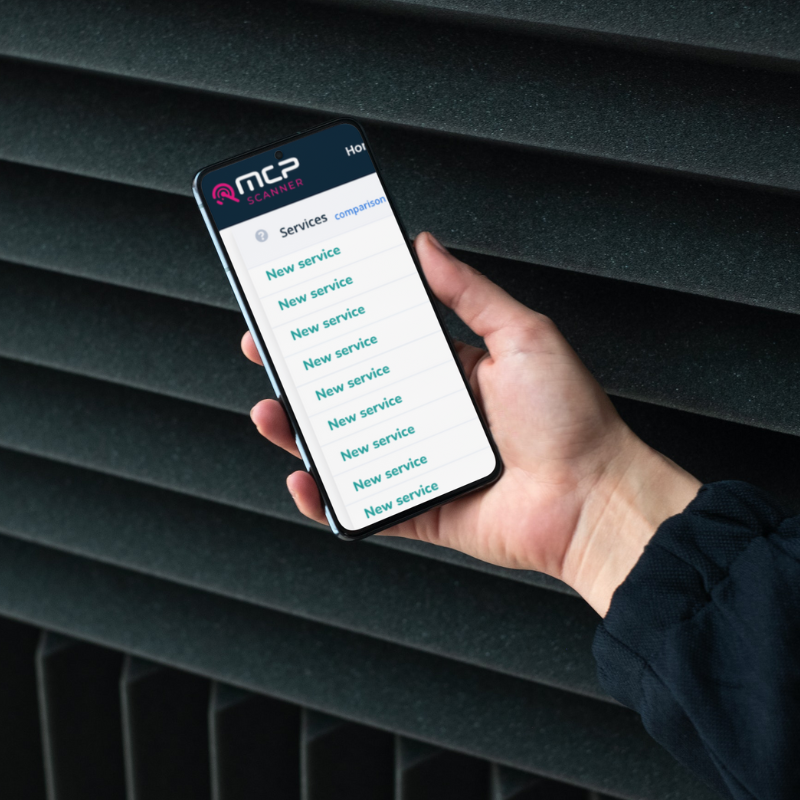RCS Business Messaging has been touted as the next big leap in mobile communication. Richer, more interactive, and more secure than SMS, it offers mobile network operators (MNOs) the chance to deliver a premium messaging experience that brands will pay for – and customers will value.
But there’s a problem.
And it’s not about the technology, the consumer appetite, or the commercial model.
It’s the onboarding bottleneck.
The RCS Backlog: A Revenue Blocker in Plain Sight
For many MNOs, the excitement of launching RCS Business Messaging quickly hits a wall. Every new merchant, every fresh campaign, has to go through due diligence and risk control (DDRC) before it can go live. And while this process is essential for protecting your network, brand, and customers, it’s also slowing everything down.
In some cases, RCS campaign approvals are taking eight to sixteen weeks. That’s months of potential traffic – and revenue – stuck in a queue. For the brands waiting, it’s frustrating. For your commercial teams, it’s a missed monetisation opportunity.
And as RCS adoption accelerates, this isn’t going away. In fact, the backlog is only likely to grow.
Why DDRC is Critical – and Why It’s Slowing You Down
DDRC exists for good reason. You need to:
- Verify that merchants are legitimate and trustworthy
- Ensure campaigns comply with industry standards, regulations, and your own policies
- Confirm opt-in and opt-out flows are clear and user-friendly
- Protect against fraudulent activities that could damage trust in RCS
The trouble is, DDRC is often a manual, resource-heavy process. Your internal team may be brilliant at what they do, but they’re likely juggling multiple priorities. Merchant vetting and campaign reviews aren’t the only demands on their time – and RCS may still be a relatively new discipline for them.
The Business Impact of Doing Nothing
Some might be tempted to think, “Well, we’ll get to them eventually – a delay’s not the end of the world.” But let’s be honest: it is.
When backlogs persist:
- Revenue is delayed – Every week a campaign isn’t live is a week without paid traffic.
- Innovation is stifled – Brands may choose easier, faster channels, especially SMBs who can’t afford to wait.
- Reputation suffers – Messaging partners and brands start seeing your network as slow to act, which can push them towards competitors.
And here’s the kicker – even when campaigns are approved, that’s not the end of your risk exposure. RCS campaigns can be changed after launch. Content can be updated, workflows altered, chatbot logic tweaked. Any of these changes could introduce compliance or security risks that didn’t exist at approval.
If you’re not monitoring live campaigns, you’ve effectively got a blind spot in your risk control.
Rethinking DDRC for the RCS Era
RCS DDRC doesn’t have to be a bottleneck. The problem isn’t DDRC itself – it’s how it’s resourced, managed, and monitored.
Forward-looking MNOs are starting to rethink DDRC in three key ways:
1. Outsourcing Merchant and Campaign Vetting
Specialist partners can take on the manual, time-consuming work of verifying merchant identity, reviewing campaign content, and checking compliance flows. This instantly frees your internal teams to focus on strategy, monetisation, and relationship building.
2. Adding Post-Approval Monitoring
Approval isn’t the finish line. By combining transaction data analysis with expert manual review, you can detect changes in campaign content, URLs, or workflows that could pose new risks – and act before issues escalate.
3. Centralising the Workflow
Leveraging a DDRC platform gives you a single, centralised environment for onboarding merchants and managing live RCS campaigns. This keeps everything in one place, speeds up approvals, and ensures nothing slips through the cracks.
The MCP Insight Approach
At MCP Insight, we’ve spent years helping MNOs in the mVAS space protect their networks, customers, and revenue from compliance failures and fraud. The principles are the same for RCS – but the execution is tailored to the unique risks and workflows of this new messaging channel.
Our RCS DDRC services cover:
- Merchant and campaign vetting – Identity checks, content review, and opt-in/opt-out validation
- Fraud and risk management – Identifying high-risk campaigns and assessing third-party integrations for vulnerabilities
- Live campaign monitoring – Detecting changes to approved content, workflows, and destinations, with alerts and actionable recommendations
- Centralised DDRC platform – our proprietary technology, MCP NET, provides a single, secure environment for onboarding, monitoring, and managing RCS campaigns.
The result? Faster onboarding, stronger compliance, and safer growth for your RCS business.
The Bottom Line
RCS represents a genuine revenue opportunity for MNOs – but only if you can approve and launch campaigns quickly, and protect customers once they’re live. Backlogs are more than just an operational nuisance; they’re a direct threat to growth and reputation.
By rethinking DDRC – and partnering with specialists who can handle the heavy lifting – you can turn RCS onboarding from a roadblock into a competitive advantage.
Ready to reduce your backlog and scale RCS safely?
Request a call back and find out how MCP Insight can help.

















